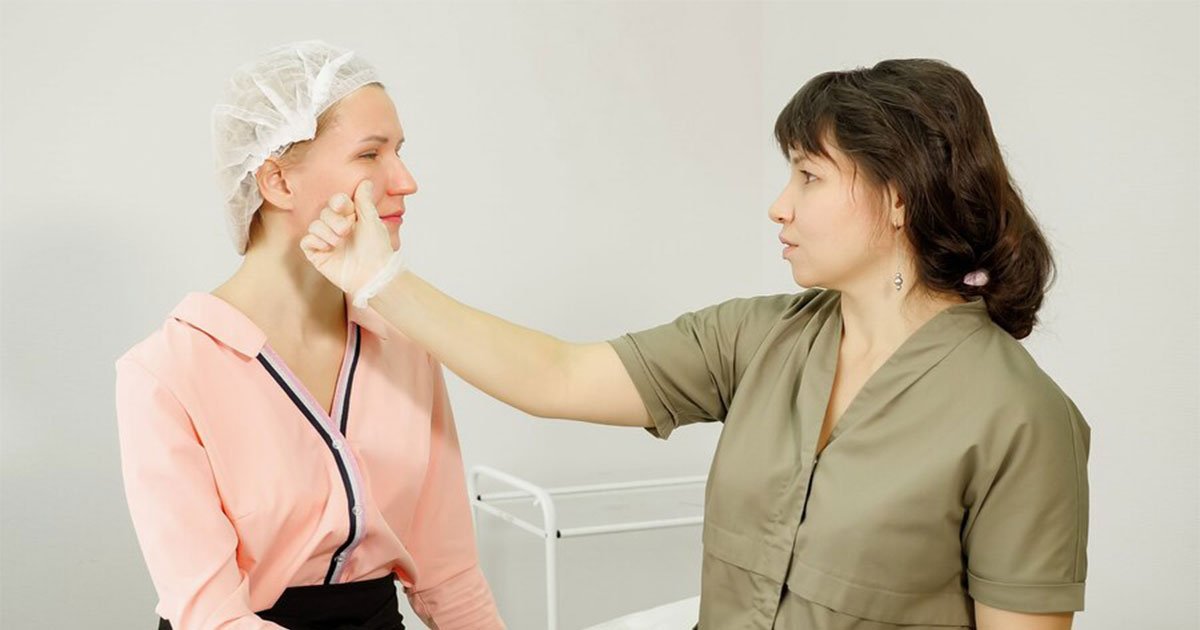How To Build A Simple Skincare Routine

Creating a simple skincare routine can be transformative for your skin’s health and appearance. This guide will walk you through the essential steps to build a routine that suits your skin type and lifestyle, ensuring you achieve that radiant glow you desire.
Understanding Your Skin Type
Before diving into the steps of a skincare routine, it’s crucial to understand your skin type. The main types include:
- Normal: Balanced, neither oily nor dry.
- Oily: Excess oil production, prone to acne.
- Dry: Lacks moisture, may feel tight or flaky.
- Combination: A mix of oily and dry areas.
- Sensitive: Prone to irritation and redness.
Identifying your skin type will help you choose the right products and tailor your routine effectively.
Step 1: Cleanse
Cleansing is the cornerstone of any skincare routine. It removes dirt, oil, and impurities accumulated throughout the day.
- Morning Cleansing: Use a gentle cleanser tailored to your skin type. For oily skin, opt for a foaming cleanser; for dry skin, choose a hydrating formula.
- Evening Cleansing: Double cleansing is recommended if you wear makeup or sunscreen. Start with an oil-based cleanser to dissolve makeup, followed by a gentle cleanser.
Recommendation: Look for cleansers with natural ingredients that suit your skin type for optimal results.
Step 2: Tone

Toners help balance the skin’s pH after cleansing and prepare it for subsequent products. They can hydrate or remove excess oil based on your needs.
- Application: Use a cotton pad to apply toner or pat it directly onto your face with clean hands.
Recommendation: Choose alcohol-free toners that contain hydrating ingredients like hyaluronic acid or glycerin.
Step 3: Treat
This step involves applying targeted treatments such as serums or spot treatments that address specific skin concerns like acne, pigmentation, or fine lines.
- Serums: Look for serums containing active ingredients like Vitamin C for brightening or salicylic acid for acne treatment.
Recommendation: Incorporate serums with antioxidants to combat free radicals and promote healthy skin.
Step 4: Moisturize

Moisturizing is essential for locking in hydration and creating a protective barrier against environmental aggressors.
- Day Creams: Lightweight moisturizers are ideal for daytime use, providing hydration without feeling heavy under makeup.
- Night Creams: Use richer formulas at night to nourish and repair your skin while you sleep.
Recommendation: Select moisturizers formulated for your specific skin type to maximize hydration and comfort.
Step 5: Sun Protection
Sunscreen is non-negotiable in any skincare routine. It protects against harmful UV rays that can lead to premature aging and skin cancer.
- Broad-Spectrum SPF: Choose sunscreens that protect against both UVA and UVB rays.
Recommendation: Apply sunscreen every morning, even on cloudy days or when indoors, as UV rays can penetrate windows.
Step 6: Exfoliate (1-2 Times a Week)

Exfoliation helps remove dead skin cells, promoting cell turnover and revealing brighter skin underneath.
- Chemical Exfoliants: Products containing AHAs (like glycolic acid) or BHAs (like salicylic acid) are effective for gentle exfoliation.
Recommendation: Avoid over-exfoliating as it can irritate the skin; stick to once or twice a week based on your skin’s tolerance.
Step 7: Consistency is Key
Building an effective skincare routine requires consistency. Results take time, so stick with your routine daily.
Also Read : How Spinach Can Help You Achieve A Glowing Complexion
Conclusion
A simple skincare routine can significantly enhance your skin’s health and appearance. By following these seven steps—cleanse, tone, treat, moisturize, protect from the sun, exfoliate occasionally, and maintain consistency—you can achieve glowing, radiant skin. Remember to choose products suited to your specific skin type and concerns for optimal results.
FAQs
How often should I cleanse my face?
Cleanse twice daily—once in the morning and once at night.
Can I skip toner?
While not mandatory, toner can enhance hydration and prepare your skin for other products.
What’s the difference between day cream and night cream?
Day creams are lightweight and often contain SPF; night creams are thicker and focus on nourishment during sleep.
How do I choose the right serum?
Identify your main skin concerns (e.g., dryness, acne) and select serums that target those issues.
Is sunscreen necessary even if I stay indoors?
Yes, UV rays can penetrate windows; wearing sunscreen daily is essential for protection.




